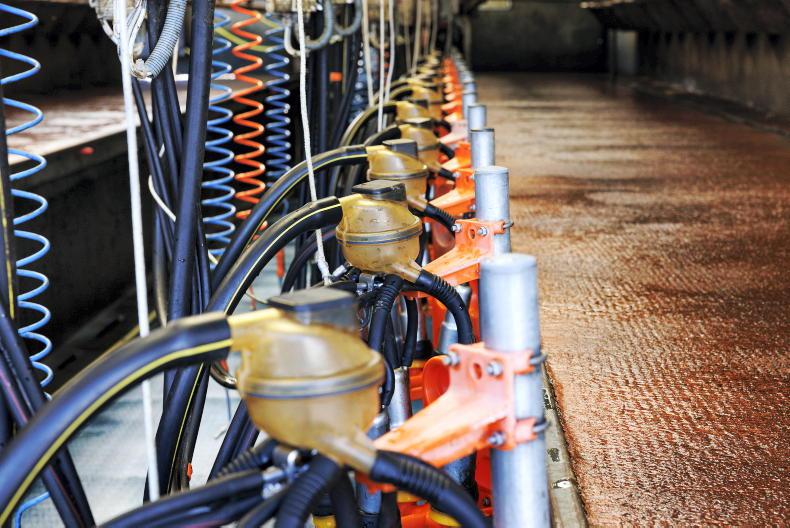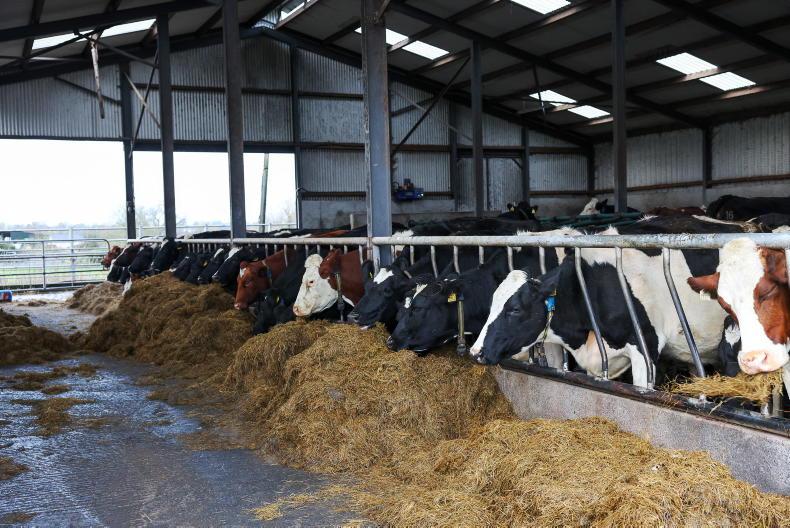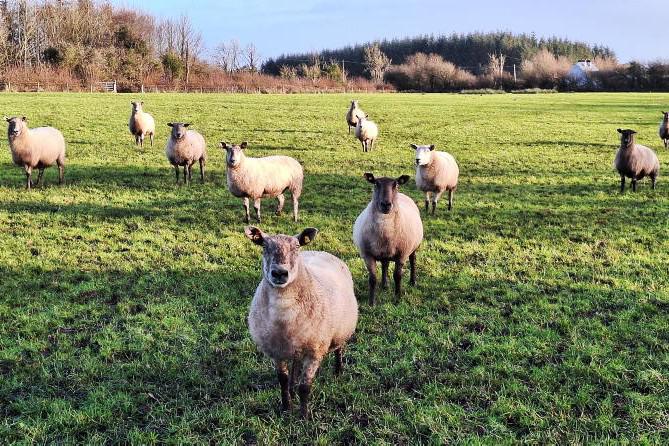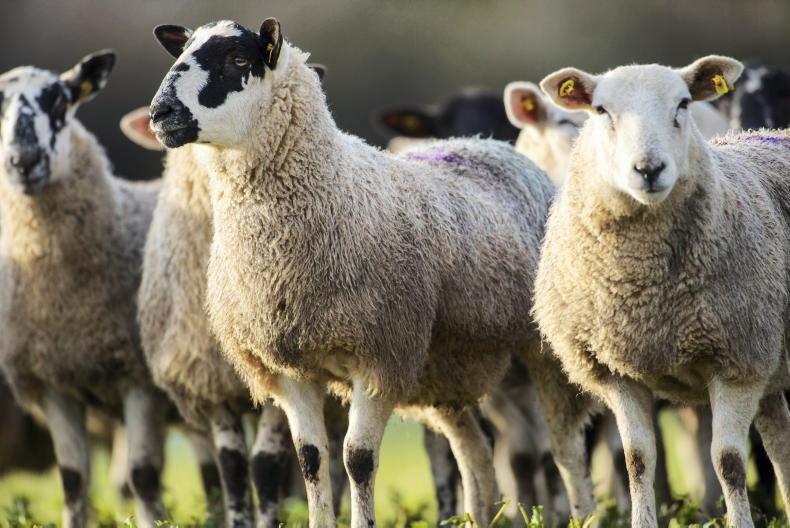Weather
Patience was tested over the last week with milking parlours, water pipes and troughs freezing over. The freezing conditions are set to last for another few days before switching to warmer, but wetter weather again.
At this stage, many spring calving farmers have their cows fully dried off or are about to dry them off, so the hassle of keeping milking parlours from freezing over will be forgotten about.
Draining all milk lines and making sure every little crevice where water could freeze and block a line is clear is a time consuming and near impossible task when it’s so cold.
One tip to drain liners and milk tubes after the final rinse and when the machine is still running is to open all buttons on claw pieces (close vacuum).
Go to the furthest unit from the receiver jar and press the button up and down repeatedly. Repeat this for every unit to send blasts of vacuum through the unit, sucking out water.
Those with ACRs and no buttons would need to tweak the routine. Using space heaters to keep parlours from freezing over is another useful tool, as is erecting temporary shelters on openings using straw bales, etc.
Feed face
Having enough space for cows at the feed face is hugely important when it comes to animal performance over the winter. Poor body condition score gain and increased lameness are the result of insufficient space.
The guidelines are 30cm of feed face per cow, meaning that about half of the cows in the shed can feed at the one time.
This is OK presuming silage is fed ad lib, which means available at all times. This is difficult to achieve and means that silage has to be pushed in a couple of times per day.
Many farmers are aiming to have more feed space, up to 60cm per cow, meaning all cows can feed at the one time.
They say it leads to less stress on the cows and that silage doesn’t have to be pushed in as often, thereby reducing the workload. The number of cubicles per cow is also important and has been flagged as one of the issues leading to higher rates of mastitis after cows get selective dry cow therapy.
The recommendation is a 1.1 cubicle to cow ratio, but most farmers are happy to be at 1:1.
Calves
In little over one month the first of the spring born calves will be hitting the ground in the southern counties. This gives some, but not much time to make preparations.
There is some valid concern that there will be less demand among beef farmers for calves next spring due to the price of milk replacer. While milk replacer is very expensive, prices are falling quickly.
The cost of milk replacer next February is likely to be back a lot compared to the peak price during the summer. Either way, dairy farmers must be prepared to keep calves for longer for whatever reason; TB, weather events, lack of demand, etc.
Investing in good facilities to house more calves will lessen the increased workload and streamline the calf rearing system.
The days of housing calves in pokey sheds are over because time is too precious. Money can buy time when it comes to calf rearing.









SHARING OPTIONS